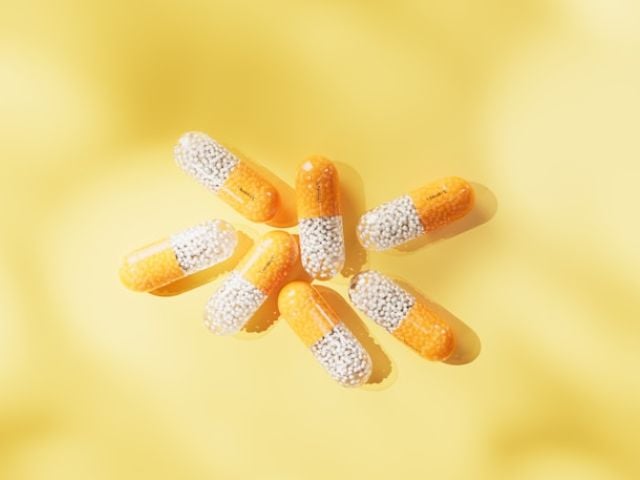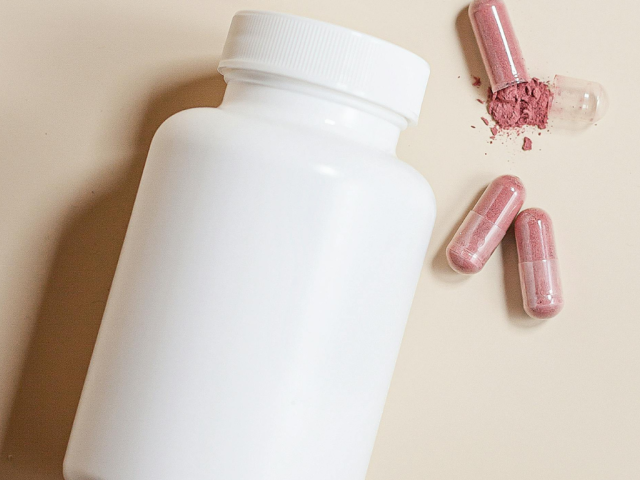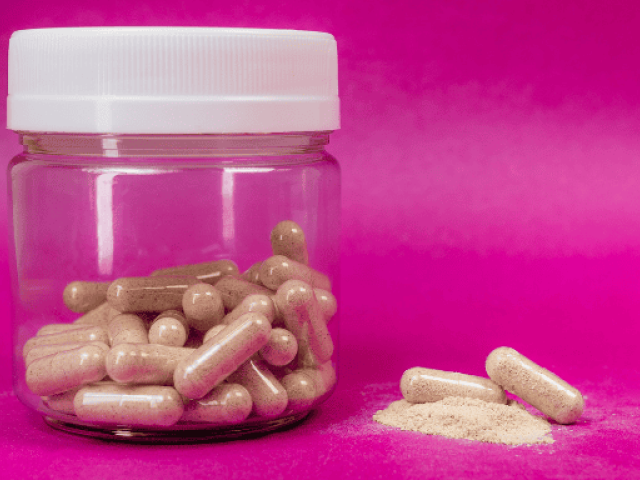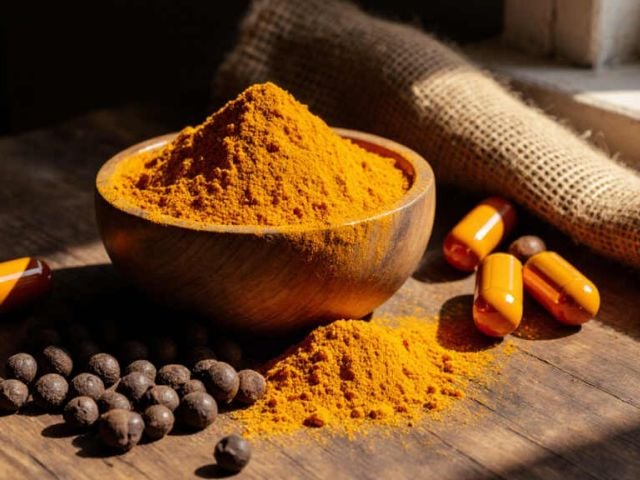
How to Take Turmeric: Dosage, Timing & Absorption Tips
Turmeric has become one of the most popular supplements for people seeking natural support for inflammation and overall wellness. But knowing how to take turmeric properly makes all the difference between seeing real benefits and wasting your money on a supplement that your body barely absorbs.
The bright yellow spice contains curcumin, a bioactive compound that has been studied in over 22,000 peer-reviewed research papers. Getting the dosage right, choosing the best form of turmeric, and using strategies to boost absorption can help you experience the potential benefits this ancient remedy offers.
Key Takeaways
- Most adults benefit from 500 to 1,000 mg daily of standardized turmeric extract containing 95% curcuminoids for general wellness.
- Taking turmeric with black pepper (containing piperine) can increase absorption by up to 2,000%.
- The best time to consume turmeric is with a meal containing healthy fats to enhance bioavailability.
- High doses of turmeric (above 2,000 mg per day) should only be used under medical supervision to avoid potential side effects.
Understanding Turmeric and Curcumin
Turmeric comes from the root of the Curcuma longa plant. While turmeric powder contains only 3 to 8% curcumin by weight, most research focuses on curcumin supplements that concentrate this active ingredient.
Curcumin works by blocking inflammatory pathways in your body. It inhibits COX-2 enzymes (similar to how NSAIDs work) and reduces inflammatory markers like TNF-α and IL-6. These anti-inflammatory effects may support joint health, brain health, metabolic function, and more.
The challenge with turmeric and curcumin is poor absorption. Your body breaks down and eliminates most standard curcumin quickly, meaning little reaches your bloodstream. This explains why taking the right dose and form matters so much.
How Much Turmeric Should You Take Per Day?
The recommended dosage of turmeric depends on your health goals and the form you choose. Most clinical trials use standardized extracts rather than turmeric powder to ensure consistent curcuminoid content.
General Dosage Guidelines
For general wellness and prevention, 500 to 1,000 mg of turmeric extract (standardized to 95% curcuminoids) works well for most people. This provides approximately 475 to 950 mg of curcumin daily.
Cooking with turmeric spice gives you far less curcumin. The average Indian diet includes 2 to 2.5 grams of turmeric daily, delivering only 60 to 100 mg of curcumin. While this amount may offer some health benefits, therapeutic doses require concentrated extracts.
The World Health Organization sets an acceptable daily intake at 0 to 3 mg per kilogram of body weight. For a 150-pound person, this equals roughly 0 to 200 mg of curcumin per day, though many studies safely use higher amounts.
Turmeric Dosage by Health Goal
Research shows different conditions respond to specific dose ranges. The table below outlines typical effective doses based on published studies.
| Health Goal | Daily Dosage | Duration |
|---|---|---|
| General wellness | 500-1,000 mg extract | Ongoing |
| Osteoarthritis and rheumatoid arthritis | 500-1,500 mg extract twice daily | 4-12 weeks |
| Cognitive function | 800-1,500 mg extract | 24+ weeks |
| Metabolic health | 500-1,500 mg extract | 8-12 weeks |
| Digestive support | 140-3,000 mg extract | 4-24 weeks |
Studies on osteoarthritis patients found that doses around 500 mg taken twice daily reduced pain and stiffness as well as some pharmaceutical options. For metabolic conditions, doses between 500 and 1,500 mg per day showed improvements in cholesterol and blood sugar markers. Some research also suggests turmeric may help with neuropathy and nerve pain at similar dosage ranges.
High doses above 3,600 mg daily have been tested in cancer research but should only be used under medical supervision. Most people should stay below 2,000 mg per day unless a healthcare provider recommends otherwise.
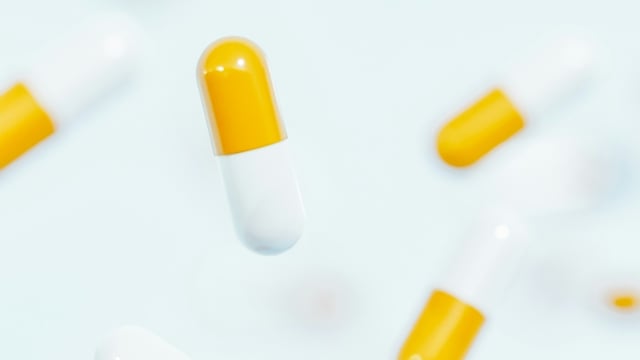
What Form of Turmeric Works Best?
Different forms of turmeric offer varying levels of absorption and convenience. Your choice affects how much curcumin actually enters your bloodstream. Understanding whether curcumin or turmeric root works best for inflammation depends on your specific health goals and how you plan to use it.
Comparing Turmeric Options
- Turmeric powder is the whole ground root. You can add turmeric to food, make turmeric tea, or mix it into smoothies. One teaspoon contains about 200 mg of curcumin, but absorption remains quite low without enhancement.
- Turmeric extract capsules provide standardized amounts of curcuminoids (usually 95%). This supplement form makes it easier to track your dose of turmeric and ensures consistency. Most research uses these extracts.
- Liquid and liposomal formulations wrap curcumin in fat molecules to improve absorption. Some products claim up to 50 times better bioavailability than standard powder.
- Enhanced formulations combine curcumin with other compounds. BCM-95 pairs curcumin with turmeric essential oil for improved absorption. Meriva uses phospholipid complexes to boost bioavailability.
Enhanced Bioavailable Formulations
Several patented formulations address curcumin’s poor absorption. Products containing curcumin with turmeric essential oil, phospholipid complexes, or nanoemulsions can deliver significantly higher blood levels than basic turmeric powder.
Dr. Ajay Goel, Professor and Chairman at City of Hope Medical Center, notes: “In my mind, curcumin is probably the best-known natural anti-inflammatory. There is not any modern drug or spice for which we have that many studies. And I’ve yet to find a single human disease for which curcumin has not been studied because it works every time.”
If you choose a basic turmeric supplement, combining it with absorption enhancers becomes critical to see the effects of turmeric on your health.
How to Boost Turmeric Absorption
Getting curcumin into your bloodstream requires specific strategies. Without these steps, most of what you take gets eliminated before it can work.
The Black Pepper Connection
Black pepper contains piperine, a compound that dramatically improves curcumin absorption. Combining turmeric and black pepper can increase bioavailability by up to 2,000% when taking curcumin with just 20 mg of piperine.
Piperine works by slowing how quickly your liver metabolizes curcumin. This allows more to circulate in your bloodstream for longer periods. Many turmeric products now include black pepper extract for this reason.
You can also add freshly ground black pepper when you use turmeric in cooking. A pinch is enough to enhance absorption.
Fat and Timing Strategies
Curcumin dissolves in fat rather than water. Taking your turmeric supplement with a meal containing healthy fats boosts absorption significantly.
Good options include:
- Olive oil or coconut oil
- Avocado
- Nuts and seeds
- Full-fat yogurt
- Fatty fish
The best time to take turmeric is with breakfast or dinner. Splitting your dose helps maintain steadier blood levels throughout the day. If you take 1,000 mg daily, try 500 mg with breakfast and 500 mg with dinner.
Some people prefer taking turmeric with quercetin or other flavonoid-rich foods to support their anti-inflammatory goals. Combining natural compounds may offer complementary benefits.
Who Should Be Careful with Turmeric Supplements?
While turmeric is generally safe, certain groups need to exercise caution or avoid high doses.
Safety Considerations
The following groups should be particularly careful with turmeric supplements:
- Pregnant and breastfeeding women: Stick to dietary amounts in food, as the safety of high-dose supplements has not been established
- People with gallstones or gallbladder disease: Curcumin can stimulate gallbladder contractions and potentially worsen symptoms
- Those scheduled for surgery: Stop supplements at least two weeks beforehand due to effects on blood clotting
- Anyone with liver conditions: Monitor liver enzymes if taking high doses, though moderate amounts appear safe for most people
Potential Drug Interactions
Turmeric may interact with several medications:
- Blood thinners (warfarin, aspirin): Curcumin affects clotting and may increase bleeding risk
- Diabetes medications: May lower blood sugar too much when combined with diabetes drugs
- Chemotherapy drugs: Effects vary by drug type, so consult your oncologist before taking containing turmeric supplements
Practical Tips for Taking Turmeric Daily
Making turmeric part of your routine becomes easier with a few simple strategies.
Start with a lower dose (500 mg daily) for the first week or two. This lets you assess how your body responds. You can gradually increase to your target dose based on your health goals.
Look for products tested by third-party organizations like USP or NSF. These certifications verify that the supplement contains what the label claims and checks for contaminants.
Store your turmeric supplements in a cool, dry place away from direct sunlight. Heat and light can degrade curcuminoids over time.
If you experience digestive upset, take your supplement with food or try dividing your dose. Some people tolerate turmeric better when spread throughout the day.
Track your response over at least 8 to 12 weeks. The health benefits of turmeric often take time to become noticeable. Keep notes on changes in energy levels, joint comfort, or other markers relevant to your goals.
Some choose to pair turmeric with other longevity supplements that support cellular health, like NAD boosters. These compounds work through different pathways and may complement each other.
Bottom Line
Taking turmeric correctly means choosing a quality turmeric extract, using the right dose for your needs, and pairing it with black pepper or healthy fats. Most people do well with 500 to 1,000 mg daily of a standardized extract, taken with meals.
The effects of turmeric on inflammation, joint health, and metabolic function have strong support from research. But absorption remains key. Without proper formulation or enhancement strategies, you may not experience the potential benefits this golden spice offers.

Get weekly health insights and exclusive offers by joining our newsletter.



